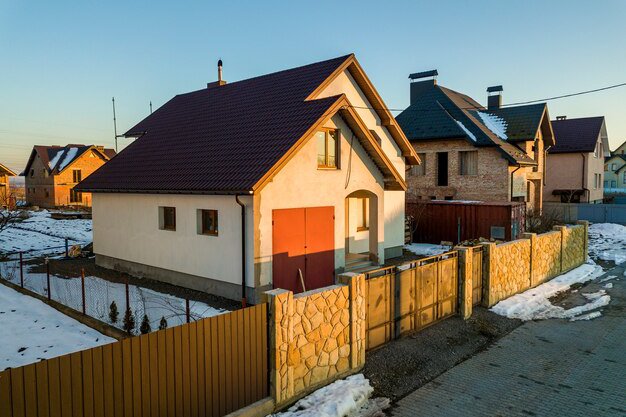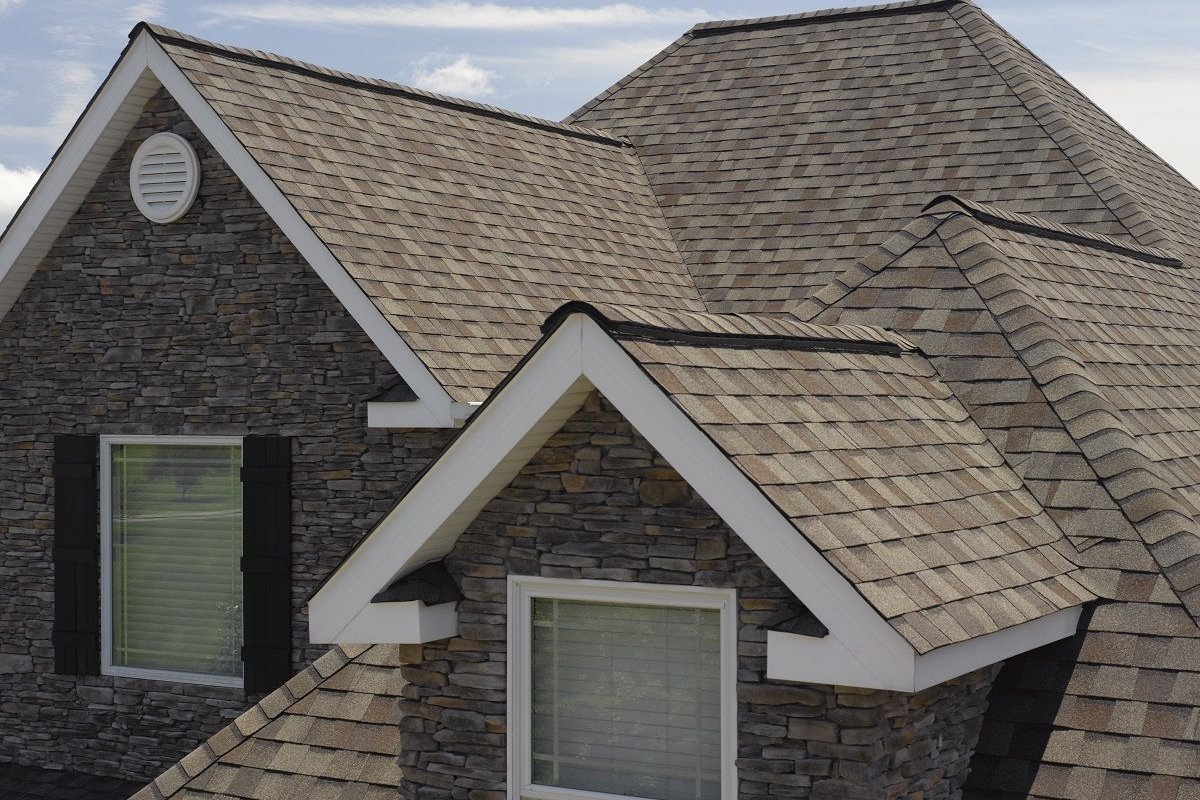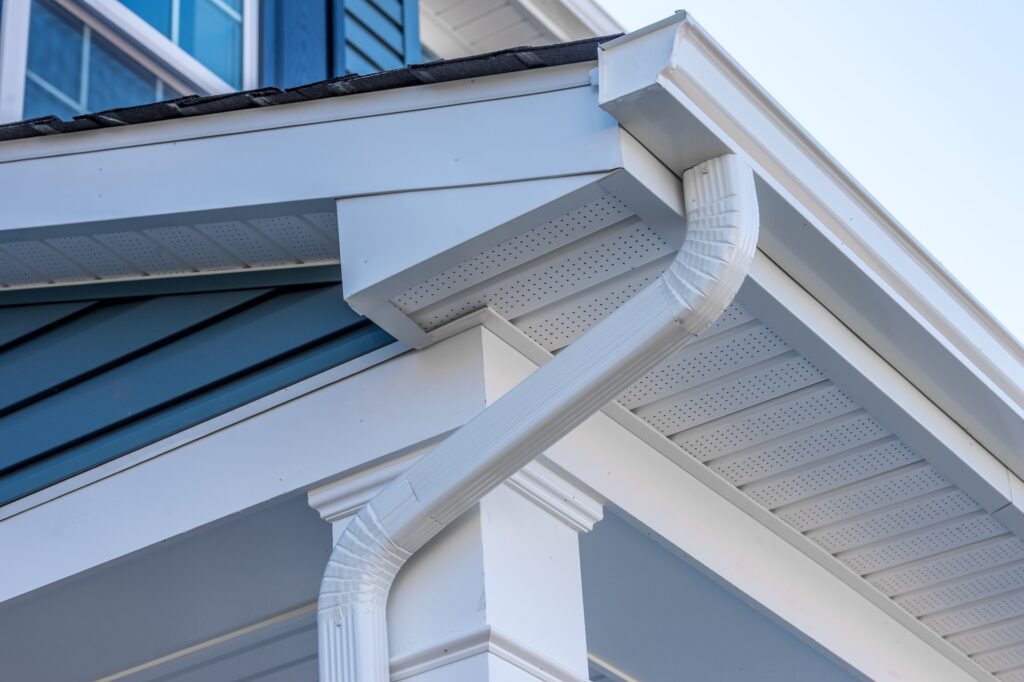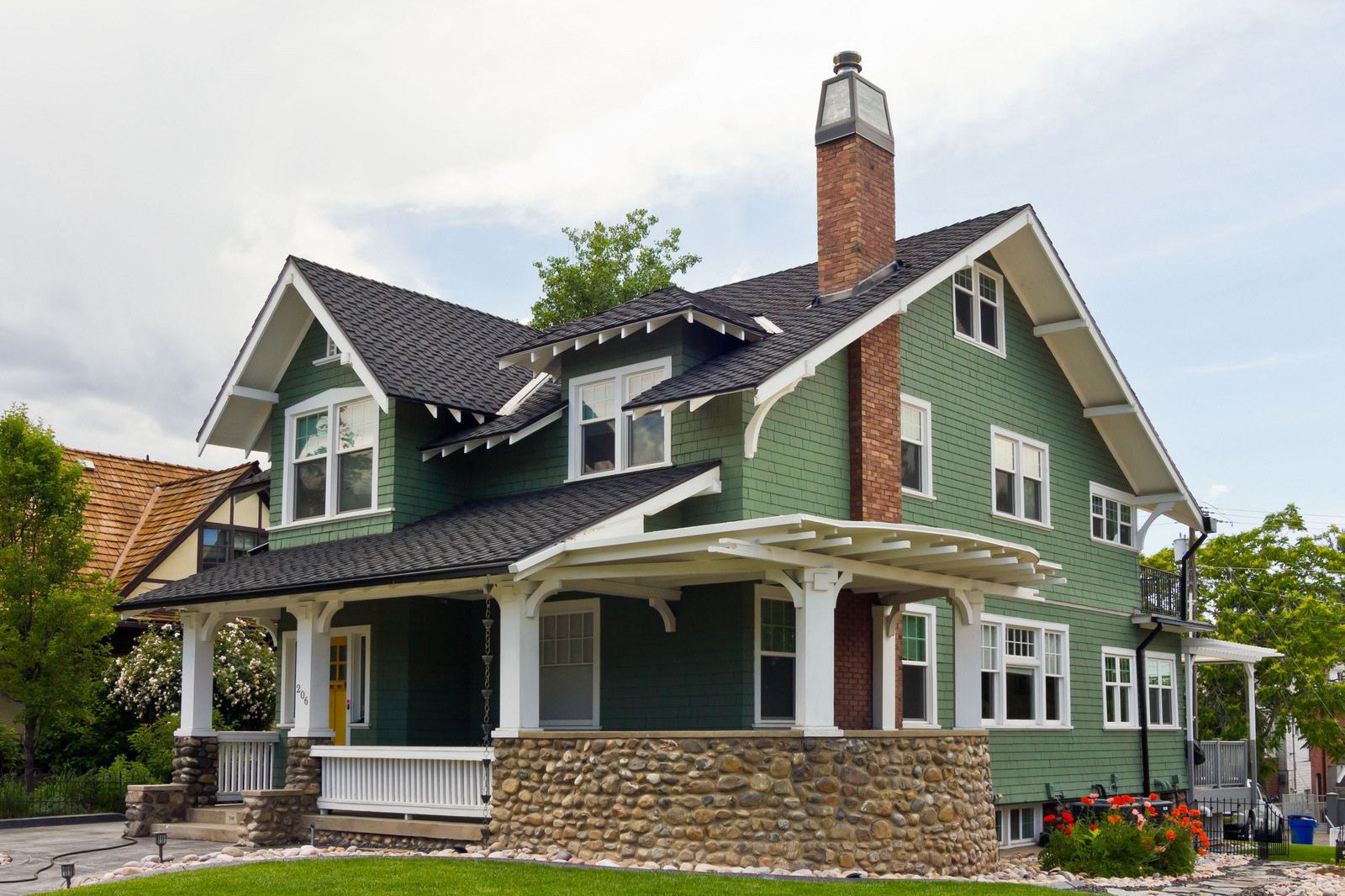Pros and Cons of Metal Roofing for Homes in Lincoln City, Oregon
Choosing the right roofing material is one of the most significant decisions a homeowner will make. The roof protects your investment, contributes to curb appeal, and plays a crucial role in energy efficiency. While asphalt shingles have been the dominant choice for decades, metal roofing has steadily grown in popularity, offering a compelling alternative with distinct advantages and disadvantages. For homeowners in coastal areas like Lincoln City, Oregon, the unique environmental factors, such as high winds, heavy rain, and salt spray, make the roofing decision even more critical. This article delves into the key pros and cons of metal roofing to help you determine if it's the right fit for your home in this beautiful, yet demanding, climate.
Understanding Metal Roofing
Metal roofing isn't a single product but rather a category encompassing various materials, styles, and installation methods. Common materials include steel (often galvanized, galvalume, or coated), aluminum, copper, and zinc. Each material has different properties regarding durability, weight, cost, and aesthetic aging.
The most common styles for residential metal roofing are:
- Standing Seam: Characterized by raised vertical seams that connect panels. This design minimizes the number of fasteners exposed to the weather, enhancing water resistance and longevity. It offers a clean, modern look.
- Corrugated Panels: Traditional wavy or ribbed panels, often seen on barns or commercial buildings, but increasingly used in residential applications for a rustic or industrial aesthetic. Fasteners are typically exposed.
- Metal Shingles/Tiles: Stamped or formed metal panels designed to mimic the appearance of traditional asphalt shingles, wood shakes, or tile. These can provide the look of conventional materials with the benefits of metal.
The type of metal, its gauge (thickness), finish (paint systems like Kynar 500® or Hylar 5000® are highly durable), and the installation method significantly impact the roof's performance and lifespan.
The Advantages: Why Homeowners Choose Metal Roofing
Metal roofing offers a compelling list of benefits that contribute to its increasing popularity, especially in areas prone to harsh weather.
Exceptional Durability and Longevity
One of the most significant advantages of metal roofing is its incredible lifespan. While asphalt shingles typically last 15-30 years, a properly installed metal roof can last 50 years or even longer, often outlasting the home's original owners. This longevity means fewer roof replacements over the life of the home, providing long-term cost savings despite the higher initial investment.
Metal roofs are also highly resistant to extreme weather conditions. They can withstand very high winds, much better than many other roofing materials, which is particularly important in coastal regions like Lincoln City, Oregon, where storms can bring powerful gusts. Their hard surface is also resistant to impact damage from hail and can shed snow efficiently, preventing heavy buildup. Unlike wood or asphalt, metal is non-combustible, offering superior fire resistance, which can sometimes lead to reduced homeowner's insurance premiums. Metal doesn't rot, warp, crack, or succumb to insect infestation like wood can.
Impressive Energy Efficiency
Metal roofing is recognized as a leading "cool roofing" material. Its natural reflectivity helps to bounce sunlight and radiant heat away from the house, rather than absorbing it. This can significantly reduce cooling costs during warmer months. Many metal roofing products also feature special coatings or paint systems designed to further increase reflectivity and emissivity (the ability to radiate absorbed heat).
According to the Q&A provided: Pros of metal roofing include durability (50+ year lifespan), longevity, aesthetic appeal (variety of styles), and energy efficiency (can reduce cooling costs by up to 25%).
The ability to reduce cooling loads by up to 25% can translate into substantial savings on energy bills over the roof's lifetime. Even in climates that aren't predominantly hot, this reflectivity can help stabilize attic temperatures, improving overall home comfort and reducing the workload on HVAC systems.
Low Maintenance Requirements
Compared to materials like asphalt shingles or wood shakes that can require frequent cleaning, repair, or treatment, metal roofs are remarkably low maintenance. They are resistant to moss, algae, and mildew growth, which can be a persistent issue in damp climates. While periodic inspections are still recommended to check fasteners, sealants, and flashing, the routine maintenance is minimal. Debris like leaves and pine needles tend to slide off the smooth surface, preventing buildup that can lead to water damage.
Aesthetic Versatility and Curb Appeal
Modern metal roofing is far from the monotonous corrugated panels of the past. Today's residential metal roofs come in a vast array of styles, colors, and finishes. Standing seam offers a sleek, contemporary look, while metal shingles can convincingly replicate the appearance of traditional materials like asphalt, wood shake, tile, or even slate.
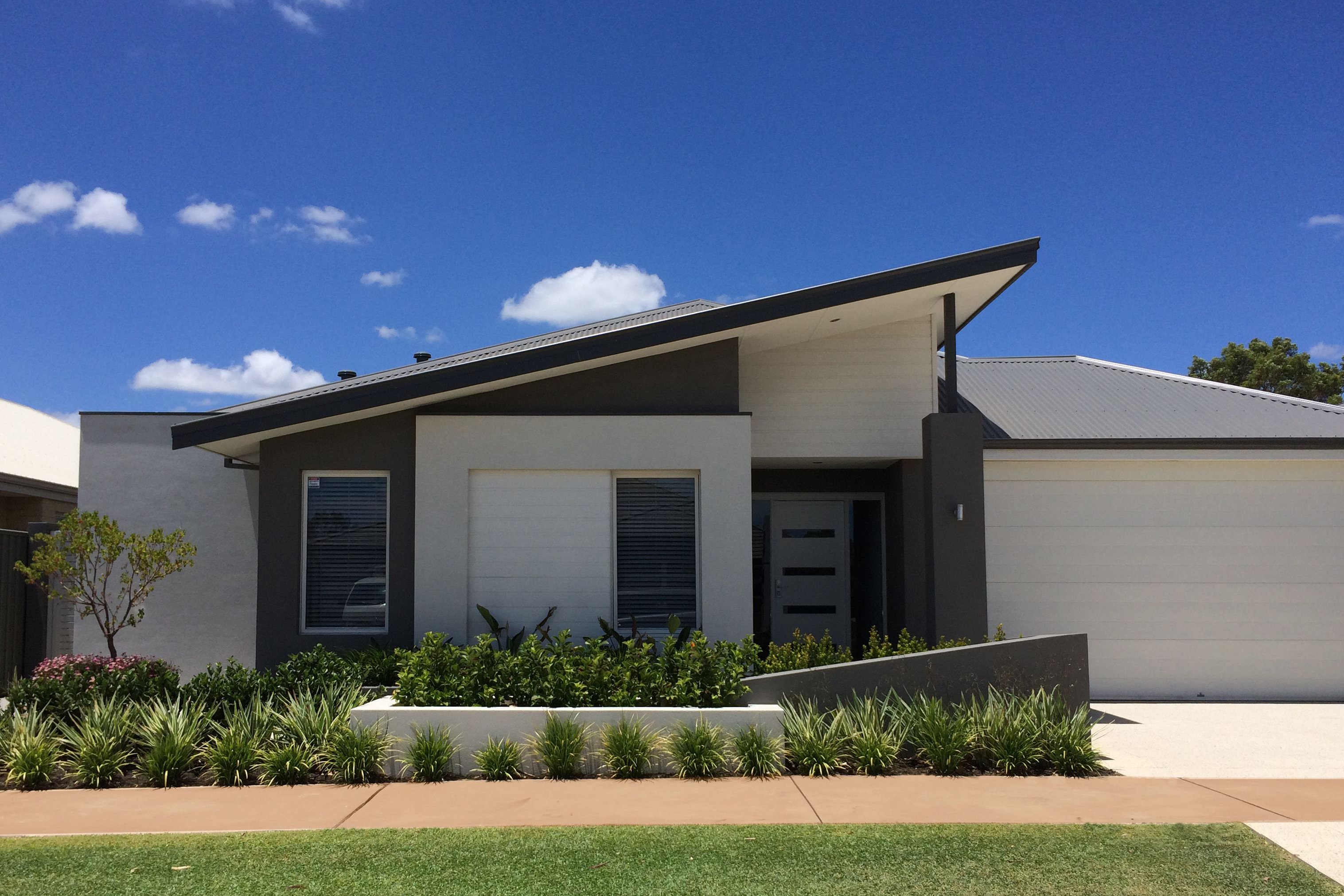
This versatility means homeowners don't have to sacrifice their desired architectural style to gain the benefits of metal. The wide color palette allows for significant customization, enhancing the home's curb appeal and potentially increasing its resale value.
Environmental Benefits
Metal roofing is an environmentally conscious choice. Many metal roofing materials, particularly steel and aluminum, contain a high percentage of recycled content. Furthermore, at the end of their very long lifespan, metal roofs are 100% recyclable, preventing them from ending up in landfills, unlike asphalt shingles which are a significant source of construction waste. Choosing a metal roof contributes to a more sustainable building practice.
Lightweight
Compared to heavy materials like tile or slate, metal roofing is relatively lightweight. This can be an advantage for structural considerations, as it typically doesn't require additional structural support, potentially saving on construction costs during installation.
The Disadvantages: Potential Drawbacks of Metal Roofing
While the benefits are numerous, metal roofing also has potential drawbacks that homeowners must consider before making a decision.
Higher Upfront Cost
The most significant barrier for many homeowners is the initial cost. Metal roofing is generally more expensive than asphalt shingles. According to the Q&A, the upfront cost can be 1.5 to 3 times more than a comparable asphalt shingle roof. The exact cost varies widely depending on the metal type (copper and zinc are more expensive than steel or aluminum), the style (standing seam is typically more expensive than exposed fastener panels), the complexity of the roofline, and labor costs.
While the long-term savings from longevity and energy efficiency can offset this initial investment over several decades, the higher upfront expense requires a larger immediate budget.
Potential for Noise
Some homeowners express concern about noise during rain or hail events. Without proper insulation and underlayment, rain hitting a metal roof can be louder than on a roof with a thicker, more absorbent material like asphalt shingles. However, modern installation techniques and the use of solid sheathing beneath the metal panels, combined with adequate attic insulation, can significantly mitigate this noise, often making it comparable to or even quieter than other roofing types. The noise level depends heavily on the installation method and the amount of insulation in the attic space.
Expansion and Contraction
Metal expands when heated and contracts when cooled. This thermal movement is a natural property of the material. If a metal roof is not installed correctly using techniques that accommodate this movement, such as floating clip systems for standing seam panels, it can lead to issues like fasteners loosening, panels buckling (known as "oil canning"), or damage to the roof system over time.
Proper installation by experienced professionals who understand how to account for thermal expansion and contraction is absolutely critical for the long-term performance and integrity of a metal roof.
Potential for Denting
Depending on the gauge (thickness) of the metal and the type of impact, metal roofs can be susceptible to denting. While resistant to typical hail, very large hailstones or falling heavy branches could potentially cause dents, especially on thinner gauge panels or softer metals like copper or aluminum.
The likelihood and visibility of denting vary by material, profile (corrugated hides dents better than flat panels), and gauge. Thicker gauge metal is more resistant to denting.
Installation Complexity
Installing a metal roof requires specialized skills and knowledge that differ from installing asphalt shingles. The measurements must be precise, cuts need to be clean, and techniques for flashing, sealing, and accommodating thermal movement are crucial. Improper installation is the leading cause of failure for metal roofs, negating their inherent durability benefits.
Finding experienced roofers who are proficient in metal roof installation is essential, and the specialized labor can contribute to the higher overall cost.
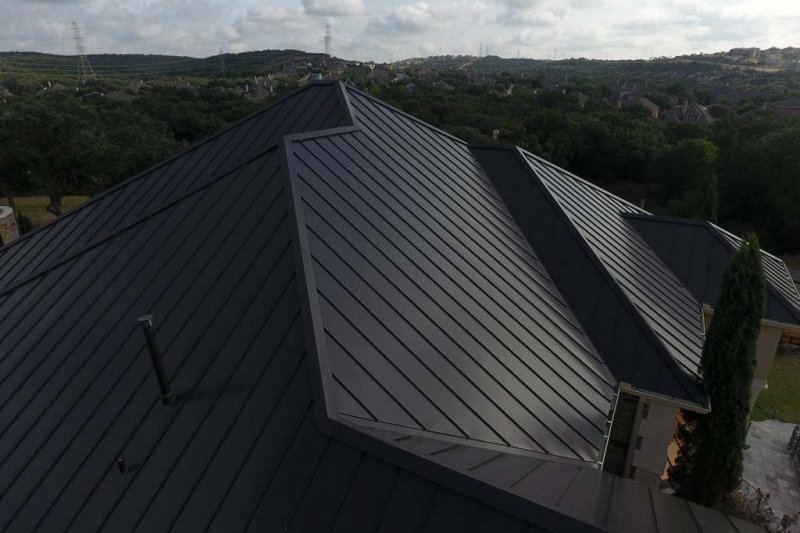
Considering Metal Roofing for Your Home
Deciding whether metal roofing is right for your home involves weighing these pros and cons against your specific needs, budget, and priorities. For homeowners in Lincoln City, Oregon, factors like the coastal environment with its strong winds and precipitation, as well as the desire for long-term value and potential energy savings, might make the advantages of metal roofing particularly appealing.
Consider:
- Your Budget: Can you afford the higher upfront cost, understanding the long-term return?
- Your Home's Style: Does a metal roof complement your home's architecture? (With the variety available, the answer is often yes, but it's a personal aesthetic choice).
- Climate Concerns: Do the superior wind resistance and longevity in harsh weather provide significant peace of mind?
- Maintenance Tolerance: Are you looking for a roof that requires minimal upkeep?
- Local Building Codes: Ensure your chosen material and installation method comply with all local regulations in Lincoln City, OR.
- Finding a Qualified Installer: Due to the complexity, securing a roofer with proven experience in metal roof installation is paramount.
Consulting with roofing professionals can provide valuable insights tailored to your specific property and local conditions.
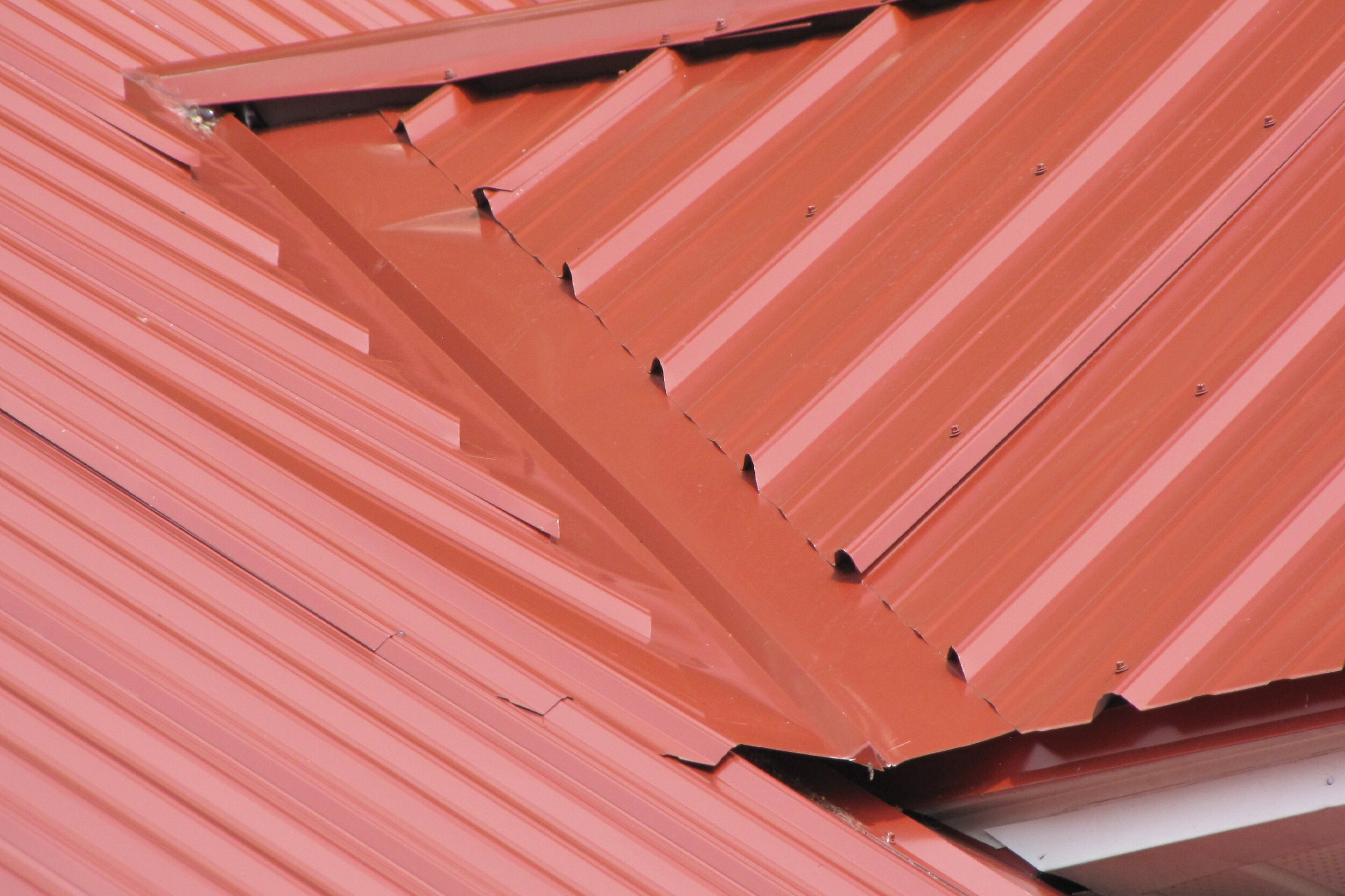
Getting Started with Your Roofing Project
If you're exploring metal roofing or any other roofing options, gathering information and understanding potential costs is a crucial first step. Whether you are planning a future roof replacement, budgeting, or simply curious about your roof's condition, having access to quick estimates can be incredibly helpful.
For homeowners who want a fast, initial understanding of potential roofing costs without an in-person visit, you can get a free, instant estimate. This service uses satellite imagery and local data to provide a quick quote based on your home's specific roof dimensions. It's ideal for budget planning or comparing general costs for planned projects.
Get your free instant roof estimate
However, some situations require immediate professional attention. Active leaks, visible storm damage, or any urgent concern about your roof's integrity necessitates a prompt inspection by a qualified expert.
If you have an urgent roofing issue, need a detailed assessment of damage, or are ready to discuss specific materials and installation for your home, scheduling a direct appointment with a pre-vetted local roofer is the best approach. You can select the service you need and your preferred time, and we'll connect you with a quality contractor in your area to schedule the visit.
Book a roofing appointment
These resources are designed to empower you with information and connect you with the professionals needed to make the best decision for your home and ensure your roof is in excellent condition.
Q: What are the pros and cons of metal roofing?
A: Pros include durability (50+ year lifespan), longevity, aesthetic appeal (variety of styles), and energy efficiency (can reduce cooling costs by up to 25%). Cons include higher upfront costs (1.5-3 times more than asphalt shingles) and potential for noise during rain or hail.
Making an Informed Roofing Decision
Choosing a new roof is a significant investment in your home's future. Metal roofing presents a compelling option with substantial benefits in terms of durability, longevity, energy efficiency, and low maintenance, particularly well-suited to withstand challenging climates. While the higher initial cost is a major consideration, the long-term value and peace of mind offered by a metal roof can make it a worthwhile investment for many homeowners. By understanding both the advantages and disadvantages, considering your specific needs and local conditions, and utilizing available tools and professional expertise, you can confidently select the best roofing solution to protect your home for decades to come.
